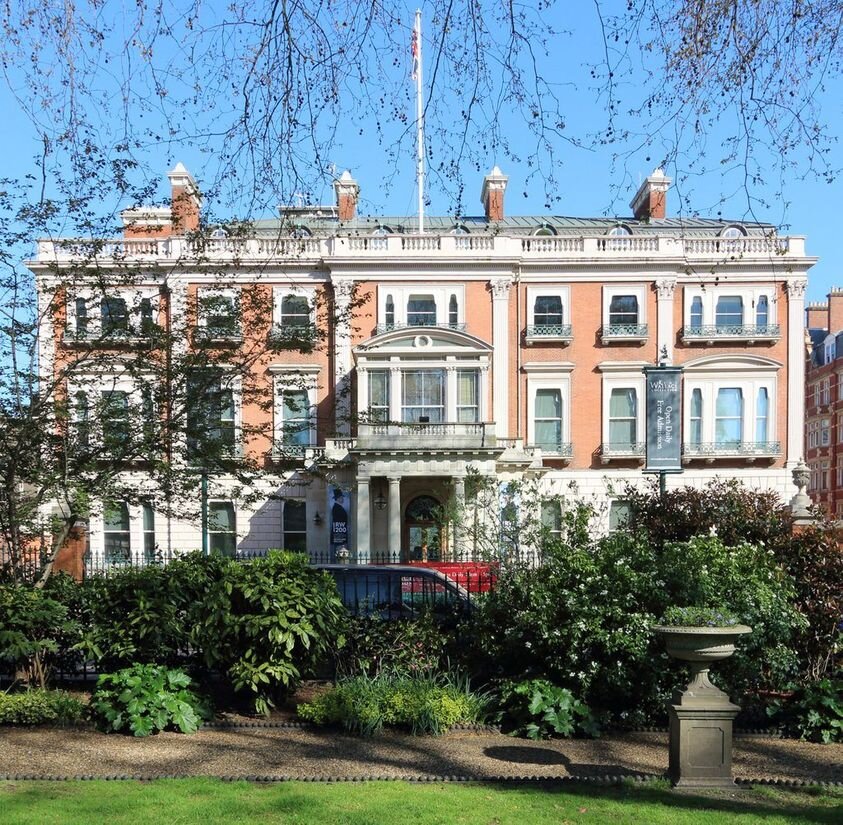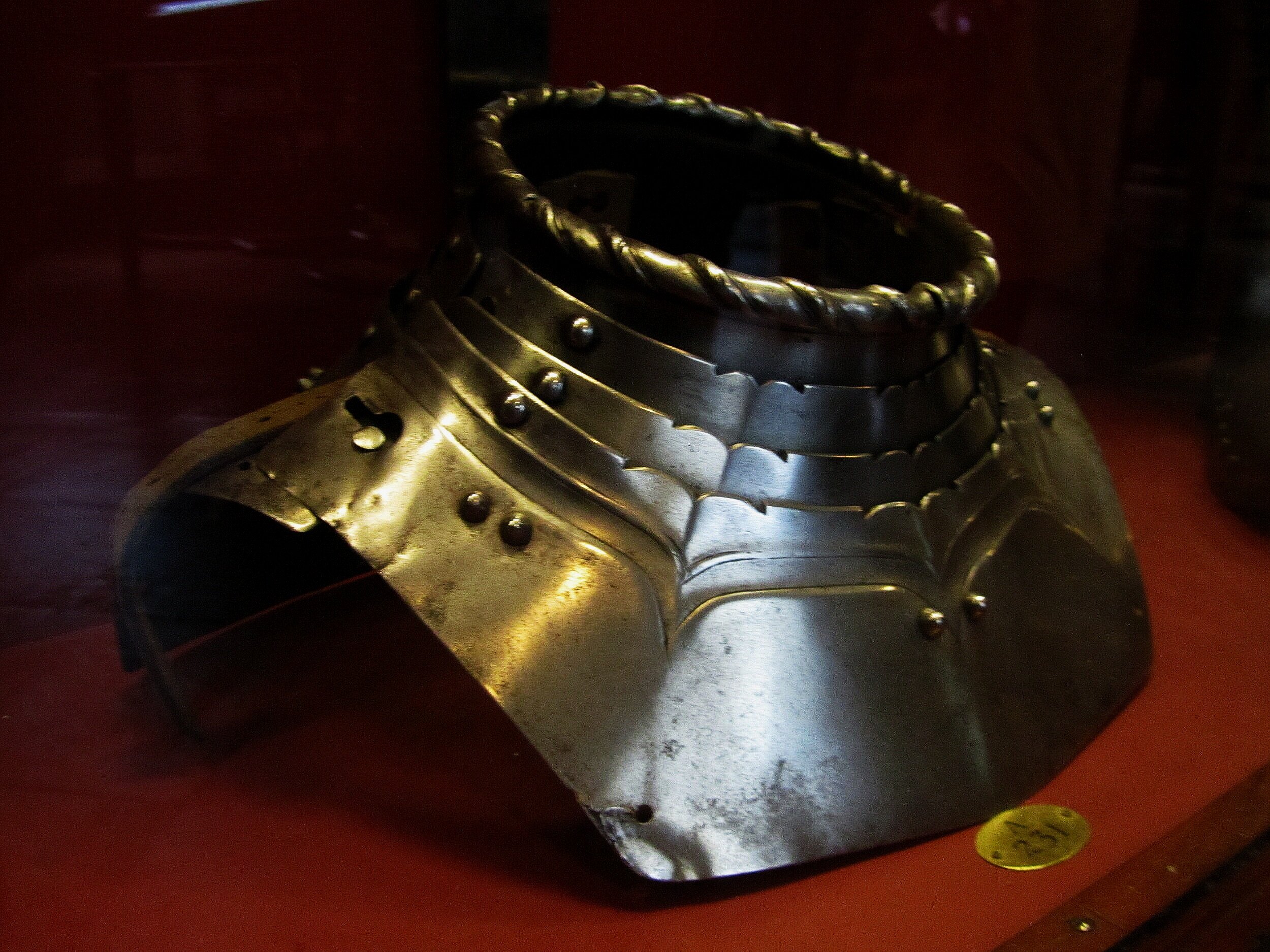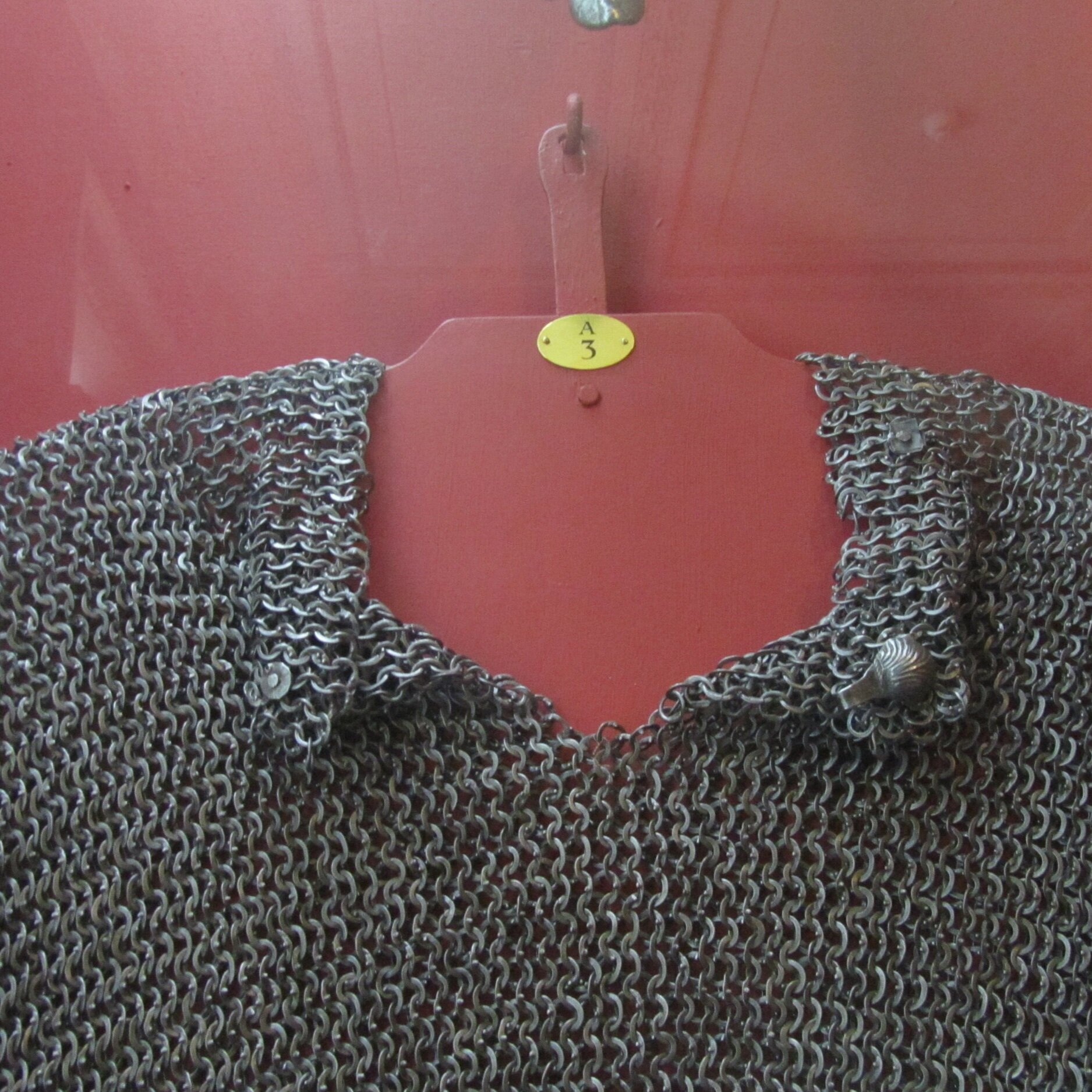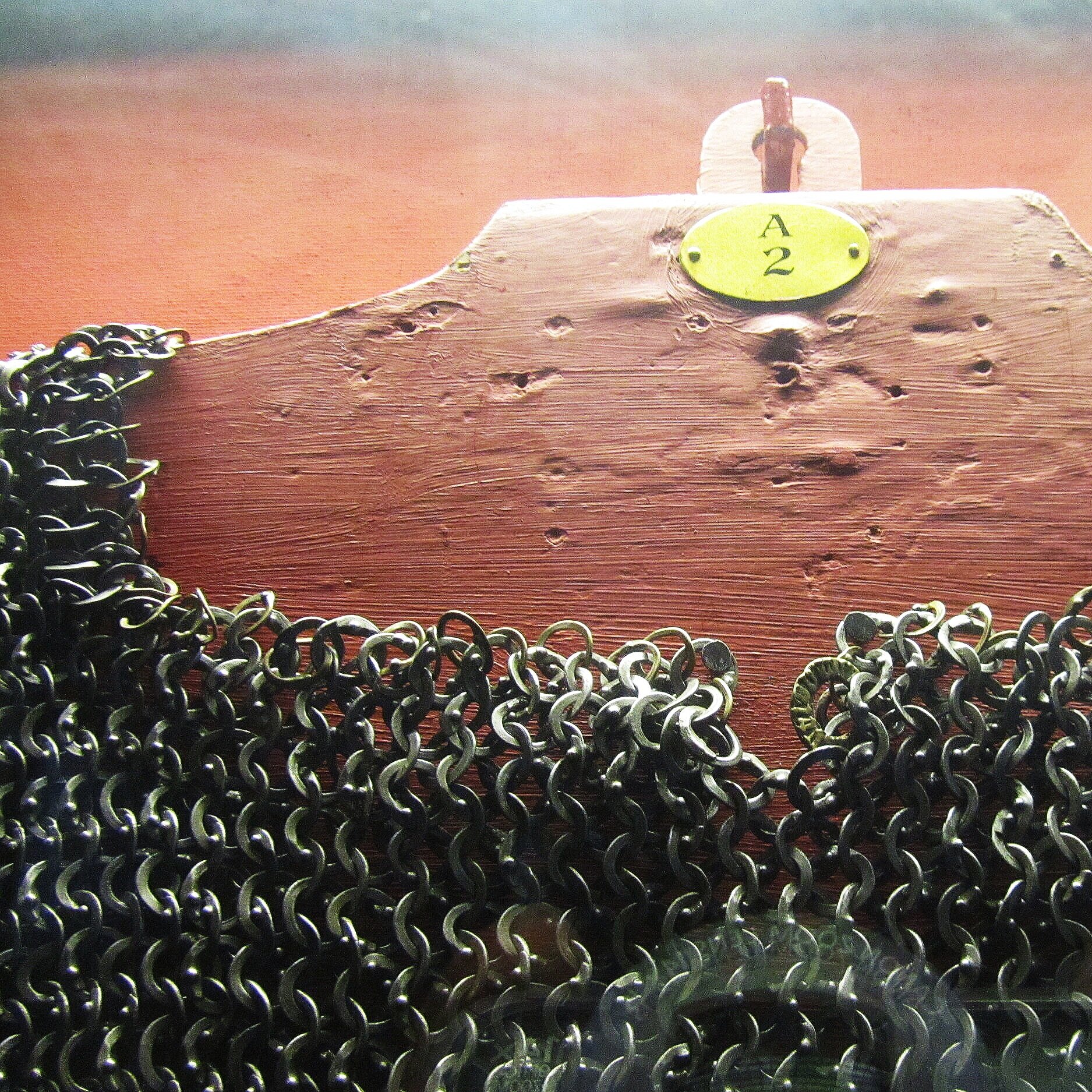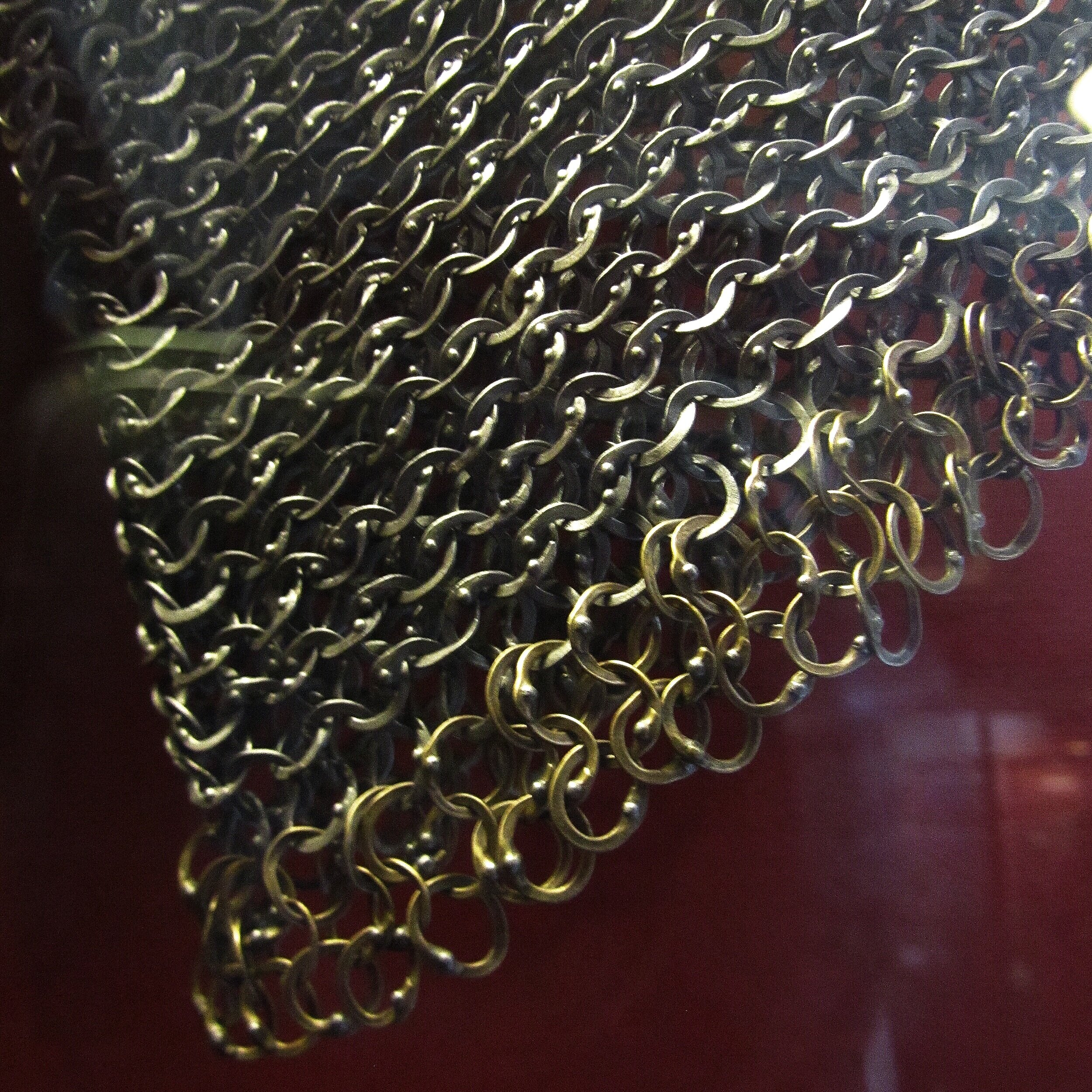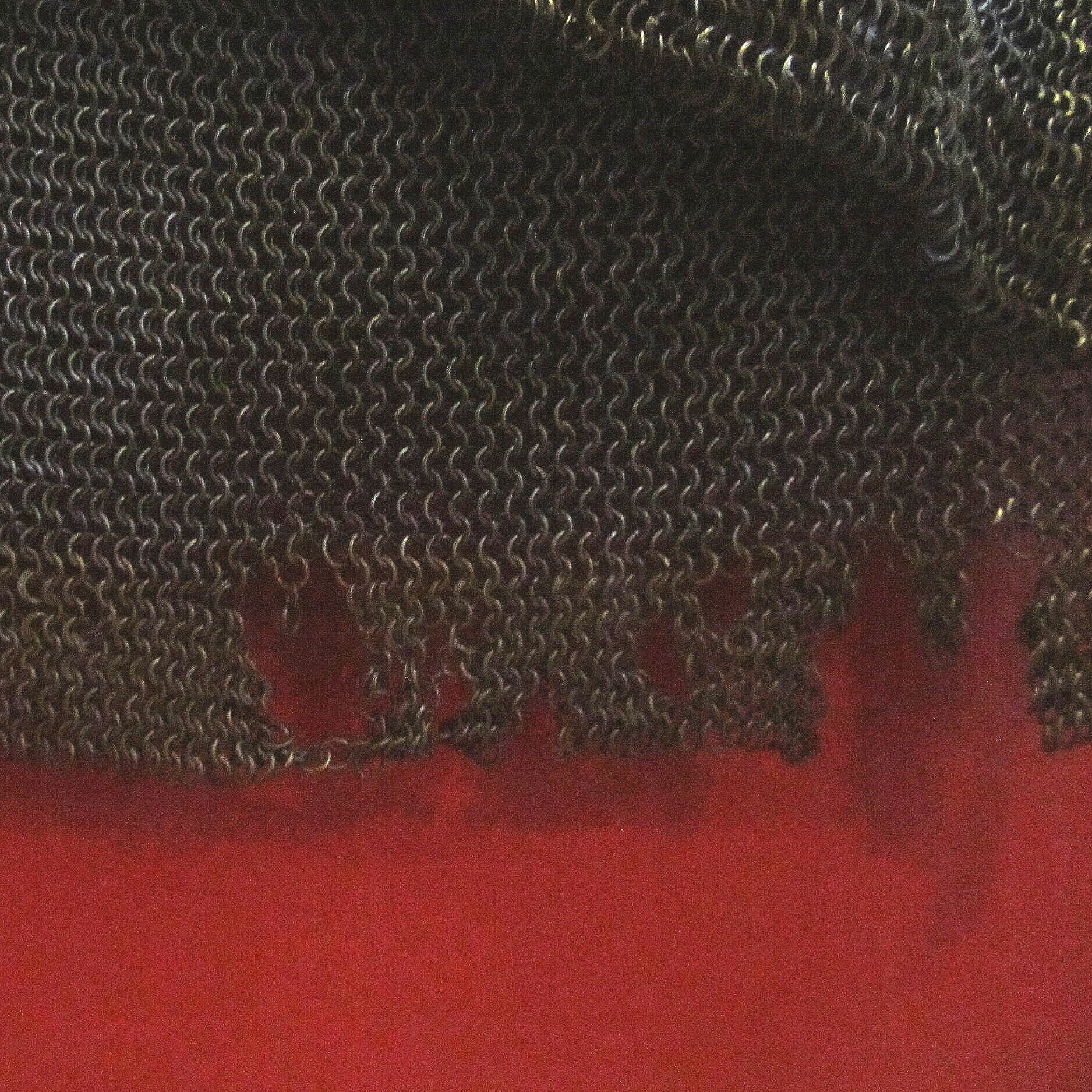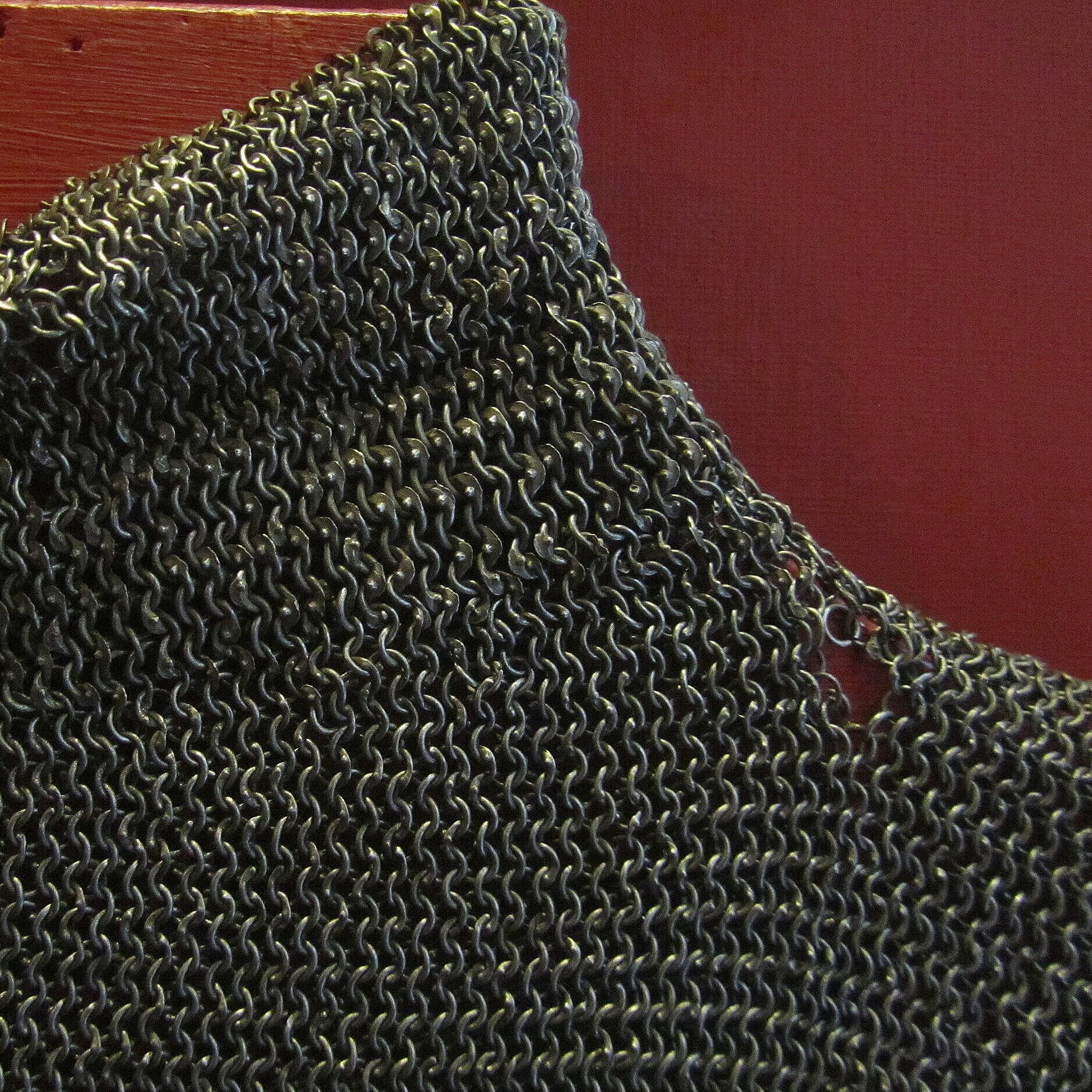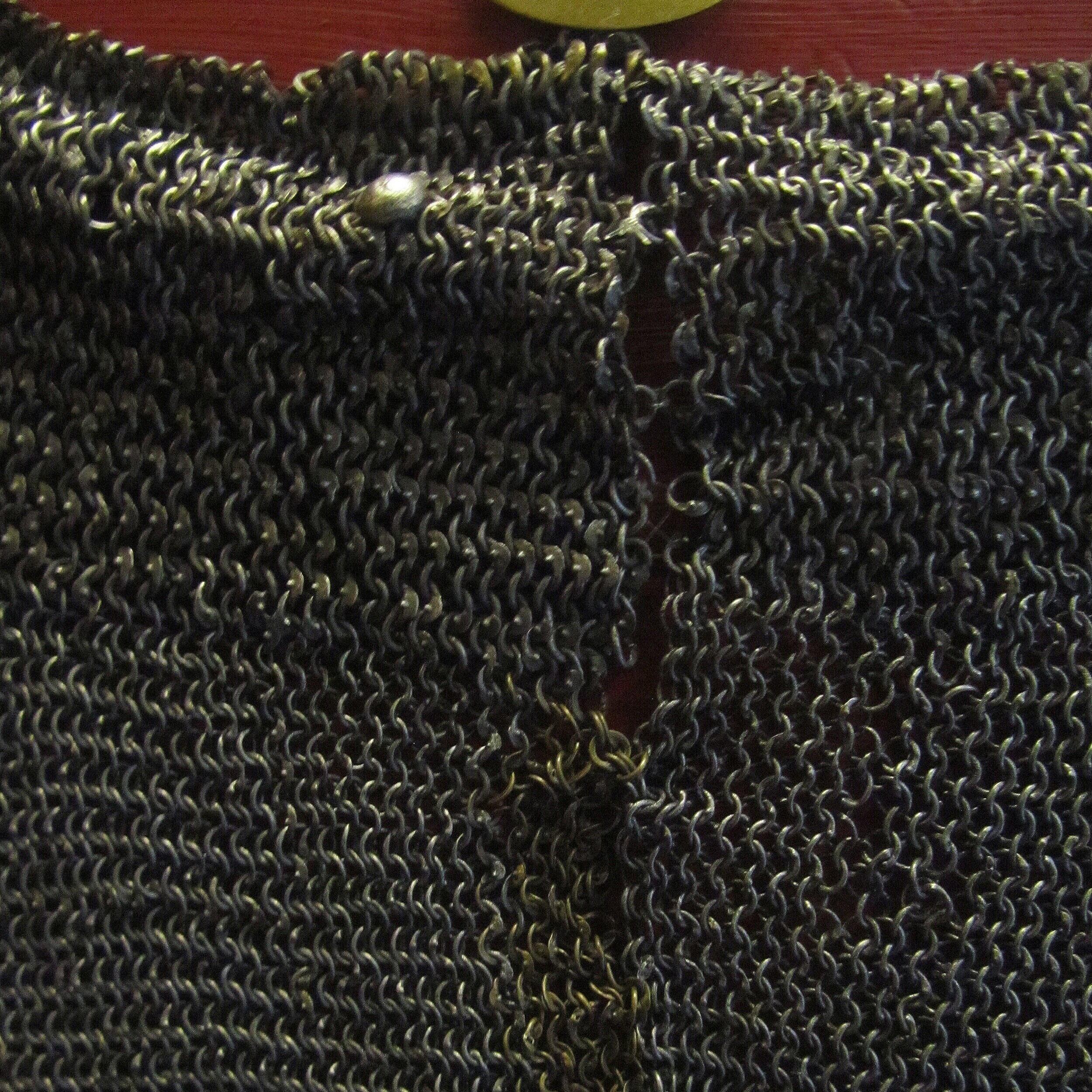The Wallace Collection Museum in London
A jewellery designer’s research visit to one of London’s hidden gems.
The Wallace Collection set in this beautiful Townhouse in central London © The Wallace Collection
What’s ON at the Wallace Collection?
The Wallace Collection is a free museum in London set in a leafy square throughout Hertford House, the opulent mansion of the Seymour family, Marquesses of Hertford.
It is free to visit, and there is often a temporary exhibition which you can buy tickets for if you wish, although there’s plenty to see already.
When I visited I also went to see the Wallace Collection’s exhibition of Henry Moore’s Helmet Heads, which was excellent, but more on that in another post coming soon (you can sign up my mailing list to know when it’s published).
The decadence of the Wallace Collection may rub off on you, but all that admiring is thirsty work… © The Wallace Collection
How to get to the Wallace Collection
On this visit I had arranged to meet up with some family who were getting the train to London from Chester and coming from Euston station. I was worried about how to find the Wallace Collection, as I was temporarily without a phone for a few days and no Google maps! But the museum was easy to find being only a short walk from Oxford Circus tube, or Bond Street. My family also only had a short journey from London Euston as you can walk to the museum in just under half an hour or hop on a bus or tube if the weather isn’t so nice.
I really recommend the Wallace Collection as a great place to spend a peaceful afternoon alone or visit with friends and family. The variety of art, interiors and armour collection allows you to each wander off into your favourite areas and meet in their beautiful cafe for some refreshments to share what you found.
What can you see at the Wallace Collection?
The free to visit collection contains exquisite porcelain, furniture, armour, sculpture and paintings. Many of the artworks are world famous including the portrait known as “The Laughing Cavalier” by the Dutch Golden Age painter Frans Hals. Described as "one of the most brilliant of all Baroque portraits", there are countless gems such as these and you will discover old and new favourites of your own when you visit.
There are some beautiful pieces of jewellery at The Wallace Collection, fine examples of historical craftsmanship like this enamel piece; ‘The Incredulity of St Thomas’ pendant (19th century) © The Wallace Collection
‘The Laughing Cavalier” by the Dutch Golden Age painter Frans Hals © The Wallace Collection
The Wallace Collection is renowned for its armour. There are even matching outfits for you and your battle unicorn © The Wallace Collection
Who was Wallace of the Wallace Collection?
A generous & sensitive curator
The Wallace Collection Museum is named after Sir Richard Wallace, who built the extensive collection, along with the Marquesses of Hertford, in the 18th and 19th centuries. The collection contains exquisite porcelain, furniture, armour, sculpture and paintings. Little is known about Sir Richard considering the legacy his donation left behind. However the Wallace Collection curated a special exhibition in 2018 celebrating the 200th birthday of their founder where they shared more insights into his life story. “The supposed illegitimate son of the Fourth Marquess of Hertford, Sir Richard Wallace unexpectedly inherited the Marquess’s dazzling collection of art, an act which was to change the direction of his own life and that of the masterpieces in his care.” The Wallace Collection 2018.
Wallace has been described as a sensitive curator of the objects he collected and he generously left them all to the British Nation in 1897. Known as one of the greatest gifts of art works ever to be transferred into public ownership, these pieces are carefully looked after to be enjoyed by visitors for generations to come. I am so grateful for our free museums, they are my greatest resource for inspiring my jewellery and artwork and I find myself so content whenever I am visiting one, my happy place!
Sir Richard Wallace, image courtesy of The Wallace Collection
Highlights of the Wallace collection
Armour
For this visit to the Wallace Collection I wanted to concentrate on their famous armoury collection. Featuring armour, weaponry and its ephemera from all over the world, the diverse collection covers hundreds of years as examples of the incredible craftsmanship of historical metal workers.
I was reminded of my research into the plastron - worn to protect the chest in fencing and I made some neck pieces inspired by them during my degree in 3D design at Manchester School of Art back in 2009.
The suits of armour are still intimidating hundreds of years on. The most impressive were probably those made for horses going into battle, complete with helmets shaped to fit their equine lines.
From my own experience as a jeweller I really appreciated the technical skill and intense labour required to make these huge pieces of equipment. These metal suits were intended to protect the wearer as their main function, but they all had their own style and decorative details making them very beautiful too. This was playing to metal’s strengths: metal is associated with being hard, durable, strong, cold, masculine. But in the world of jewellery or silversmithing I find our goal is often to make this cold, hard material transform into something warm, soft, enticing and comfortable to wear.
Chain mail - metal made flexible
Looking at the chain-mail in the Wallace Collection I found more of these softer, fluid qualities and they had plenty of examples. The material still had metals strength but was flexible, moving and shaping to the contours of the body. My favourite parts were the fraying edges, appearing more like textiles.
Armour in Nature
On my quest for these organic, imperfect qualities, I began to think of armour in nature. There were already several shapes in the armour collection that reminded me of the insect world. I had long been a fan of the amazing caddis fly and its clever larvae which build their own protective cases. The caddis gathers natural materials for their strength such as shells, pebbles and twigs to protect them in their vulnerable state. They use their own waterproof silk to bind and line the case’s interior to be smooth and comfortable for their soft bodies. This was the perfect combination of strength and delicacy I want to wear as jewellery in my everyday life. Protective jewellery that has an organic strength, yet provides the softness and comfort of a bespoke silk lined cocoon.
Photo from The Natural History Museum
Wearing one of my museum inspired caddis rings
Caddis cases
So, this is how I reignited my passion with the caddis to explain my current obsession and maybe a little insight into how my mind works!
You can read more about my research at the Natural History museum here.

